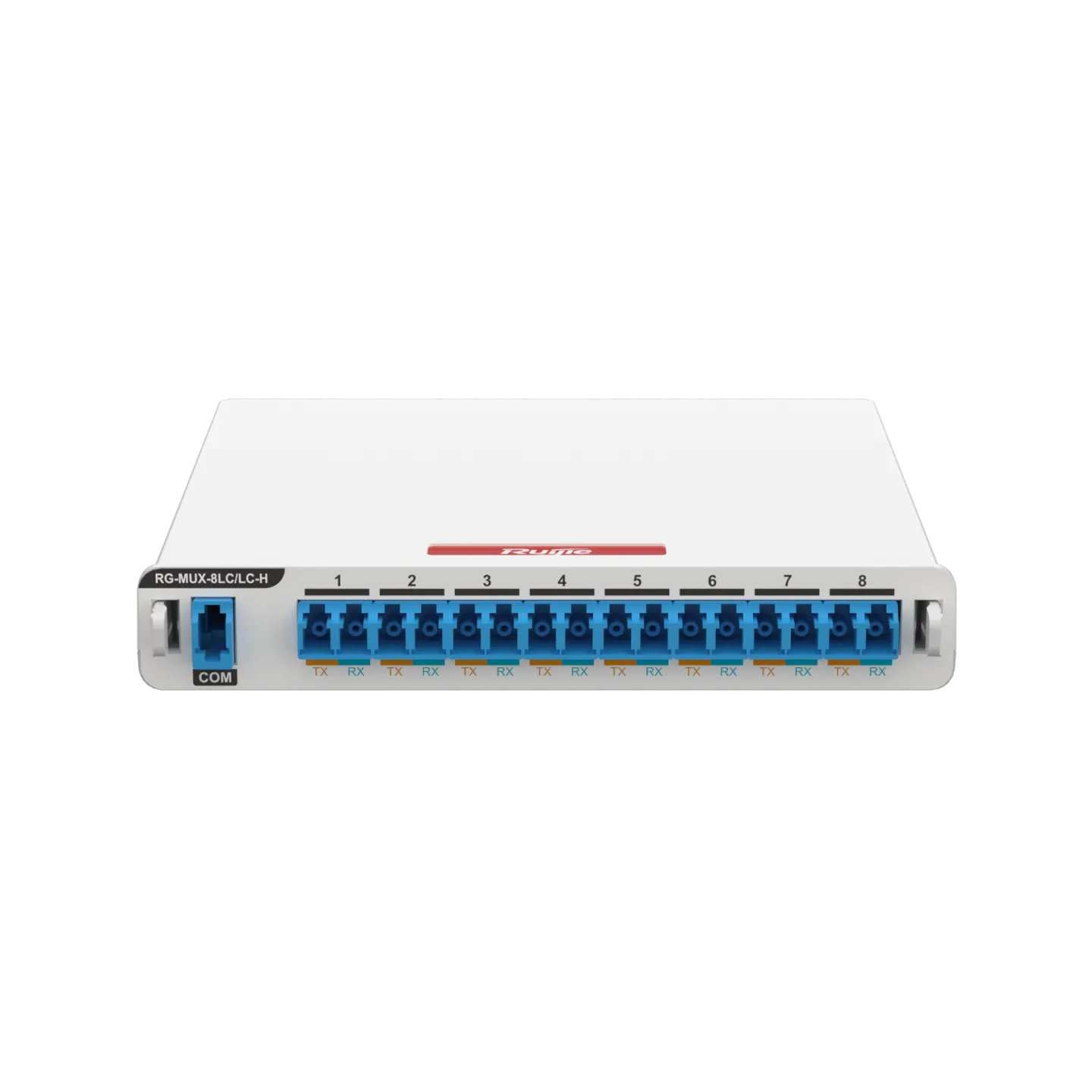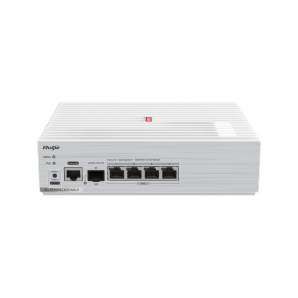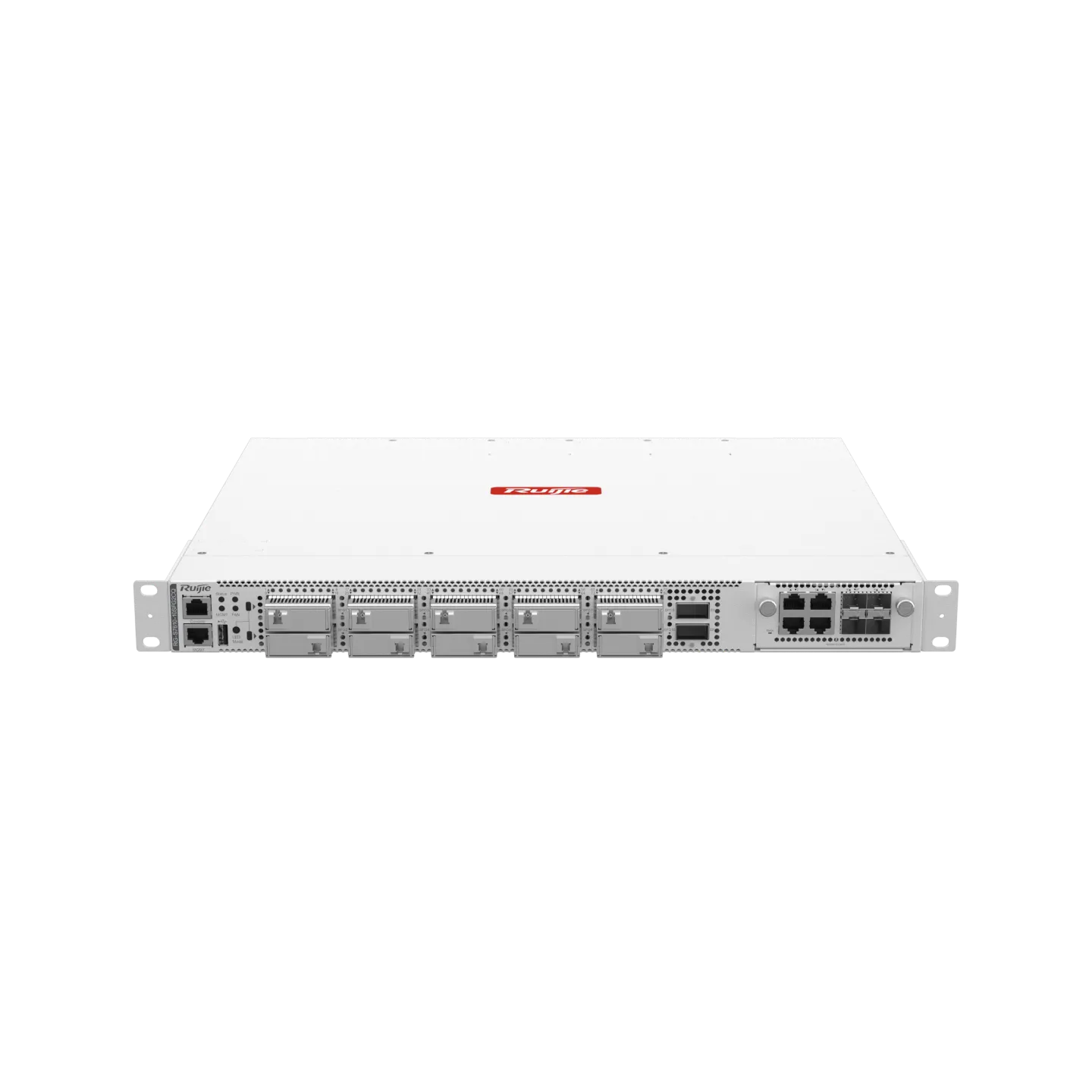I. Optical Network and All-Optical Network
1. Advantages of All-Optical Networks
(1) Increased bandwidth: An all-optical network achieves network transmission and switching entirely through optical cables, eliminating the need for photoelectric conversion. This significantly boosts network speed. Compared with traditional telecommunication networks, all-optical networks provide higher throughput. The bandwidth on a copper twisted-pair channel is only 512 Kbps, whereas an all-optical link can provide 50 Mbps to 100 Mbps bandwidth.
(2) Simplified architecture: An all-optical network provides end-to-end transparent optical paths, without any photoelectric conversion or storage devices. Therefore, it offers a super large transmission capacity and excellent transmission quality.
(3) High openness: On an all-optical network, routes are selected based on wavelengths. Therefore, the network supports signals of different rates, protocols, modulation frequencies, and forms, and provides end-to-end services without restrictions.
(4) Passive components: Many optical components that process optical signals are passive, which facilitates network maintenance and improves network reliability.
(5) Flexible expansion: The virtual wavelength path (VWP) technology allows new nodes to be added to the network without affecting the original network and devices. This technology conserves network resources and reduces network costs.
(6) Reconfigurable structure: The architecture of an all-optical network can be changed for new services, and heavy-loaded nodes can have direct optical paths established. Wavelengths can be set flexibly on different nodes to enable dynamic rerouting of optical signals, network interconnection, and self-healing.
(7) Immunity to component performance bottlenecks: On an all-optical network, data transmission, switching, amplification, and all the other processes are completed without photoelectric conversion. Therefore, network performance is not affected by slow electronic devices.
(8) Maximized optical cable potential for higher bandwidth: An all-optical network is transparent to optical signals. That is, customer information is not processed by any network node during optical signal transmission. Transparent transmission of information fully exploits potentials of optical cables, allowing the network to provide almost unlimited bandwidth. For example, if an optical cable uses n Wavelength Division Multiplexing (WDM) channels, with each channel transmitting digital signals at 10 Gbps, the capacity of the optical cable is n x 10 Gbps.
2. Main Technologies of All-Optical Networks
The main technologies used on all-optical networks include the fiber technology, Synchronous Digital Hierarchy (SDH), WDM, optical switching technology, Optical Cross-Connect (OXC), passive optical network technology, and optical amplifier technology.
3. Classification of Optical Switching Technologies
Based on the type of synchronization wavelength, optical switching technologies can be classified into two main categories: optical circuit switching (OCS) and optical packet switching (OPS).
OCS can be further classified into space division (SD), time division (TD), and wave division/frequency division (WD/FD) optical switching, as well as hybrid switching that combines the preceding switching methods.
Depending on the technology used for optical matrix switches, SD optical switching can be divided into waveguide SD optical switching based on waveguide technology and free SD optical switching based on the free space optical transmission technology. Multimedia optical switching systems developed using the SD optical switching technology can be used to establish 10 Mbps LANs and provide 400 Mbps HDTV services.
TD optical switching is a signal multiplexing method commonly used on communication networks. This technology divides a channel into multiple time slots and allocates them to different optical signals. This way, a high-speed optical data stream is formed on the baseband channel. TD optical switching needs to be implemented with time slot interchangers. This technology is developing fast, with the switching rate almost doubled every year.
WD optical switching leverages broadband characteristics on optical paths without requiring high-speed switching, making it technically easier to implement. This technology divides optical signals into multiple wavelength channels using a splitter, performs wavelength switching on each channel, and multiplexes the signals obtained into a dense WDM signal to transmit over an optical cable. As optical signals are multiplexed at low-loss wave bands, the optical channel usage is greatly improved, thus increasing the capacity of the communication system. WD optical switching is widely used in optical transmission systems. When used on intermediate transmission nodes, this technology implements communication between the source and destination ends of a WDM system without additional devices, conserving system resources and improving resource utilization.
Hybrid switching is adopted on large-scale communication networks to combine multiple switching technologies and establish multi-level links over optical paths. Due to the need to separate multiple signals into different channels on large-scale networks, the advantages of WDM may be limited. To solve this problem, the network can adopt WDM on links of each level, use the SD technology for interconnections between links of different levels during switching, and then use the WD technology on the destination end to output optical signals, which are combined and transmitted over multiple channels. Common hybrid switching technologies include the combinations of SD and TD, SD and WD, as well as SD, TD, and WD.
II. How to Select a Network Solution?
Only a scientific and reasonable optical communication system can take full advantage of optical cables and build an ideal optical network with high speed, large capacity, and high quality. The traditional electronic communication model on a network hinders the transformation to an all-optical network. Optical communication technologies need further improvement to eliminate the impact of electronic circuits.
Photoelectric conversion is involved in a hybrid network that combines a traditional communication network and an optical network, and the performance of such a hybrid network is affected by electronic devices. As the capacity of photoelectric conversion depends on the speeds of electronic devices, the photoelectric conversion process can narrow the optical network bandwidth, which further limits the overall network bandwidth. Therefore, optical switching needs to be completed on switching nodes of the optical network to eliminate the photoelectric conversion process, so that the bandwidth of optical cables can be fully used to provide a large capacity and high speed.
Ruijie Networks has released the
Simplified Optical Ethernet (SOE) Solution
, which is an all-optical network built based on an Ethernet architecture. The RG-DEMUX/MUX series 24-port/48-port all-optical combiner is used to establish end-to-end transparent optical paths without photoelectric conversion and signal storage devices. This ensures larger transmission capacity and better transmission quality, and implements passive aggregation nodes on all-optical networks. In addition, Ruijie Networks provides SOE indoor switches that adopt the deployment mode combining the Ethernet architecture and the fiber-to-the-room (FTTR) technology to implement all-optical 10 Gbps to rooms. With diverse interface types, increased rate, and comprehensive service expansion capability, the SOE indoor switch is an ideal choice in smart classrooms, multimedia classrooms, offices, clinic wards, mini branch offices, and other wiring-limited environments in various industries such as education and healthcare. The switches provide nearby access and ultrahigh bandwidth for mass Internet of Things (IoT) terminals and other IP information points such as wireless cameras, ultra HD digital video cameras, and intelligent electronic bedside displays.

III. Summary
All-optical network technology has drawn much attention among next-generation broadband technologies. As network traffic is increasing exponentially with the rapid growth of Internet services and multimedia applications, a network must be able to transmit data at a high bit rate and provide cross connections with high throughput. The all-optical network architecture is particularly recommended when long-distance optical cable deployment is required or optical cable resources are insufficient. This architecture can conserve optical cable resources by making full use of an optical network's capability to transmit signals at a high speed over a long distance.
The SOE Solution builds an all-optical network with the Ethernet architecture. It establishes end-to-end transparent optical paths to provide higher transmission capacity and better transmission quality, and implements passive aggregation nodes. In addition, Ruijie Networks provides dual-network deployment on one switch and relevant product models to help healthcare customers build their internal and external networks. SOE indoor switches can provide 10 Gbps/1 Gbps FTTR services, physically isolate internal and external networks, enable simple, efficient management, and provide seamless batch terminal access control and fast access user experience, making the network secure and reliable. This solution is recommended in hospitals, including doctor offices, outpatient halls, wards, and imaging rooms.

















